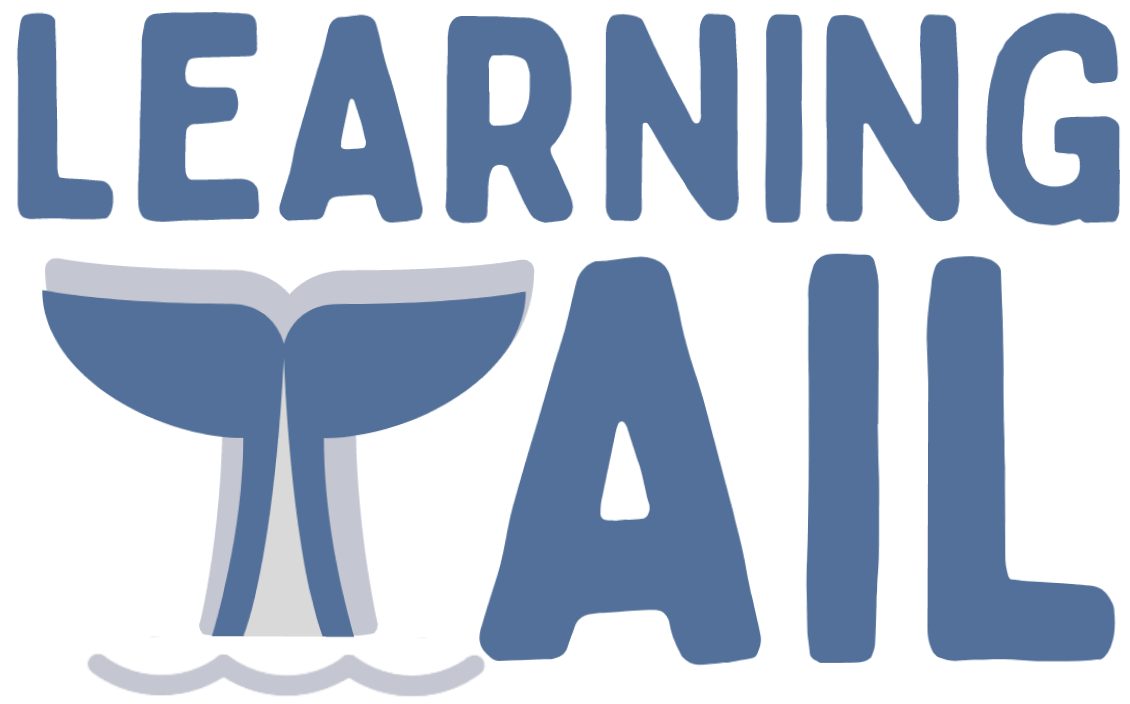Dügü Festival: Listening to the Drums
Along the Caribbean coast, mornings begin with salt on the wind and the steady beat of drums carrying across the water. When those rhythms grow louder, families know a Dügü ceremony is gathering everyone back together.
Layered drum rhythms invite ancestral spirits, called gubida, to join the gathering.
Offerings of cassava bread and sea shells honor the Garifuna journey from island to shore.
The Garifuna people live in Belize, Honduras, Guatemala, and Nicaragua, blending West African, Indigenous, and Caribbean roots into a living culture. One of their most meaningful gatherings is the Dügü—a ceremony that stretches over several days with music, food, and shared prayer.
Much of the Dügü is private, and we honor that by sharing only what Garifuna leaders have spoken about publicly. Treat this story as an invitation to learn with respect, and pair it with cultural crafts from the Learning Tail Shop so kids can explore through art while you read.
Voices in the Drums
Festival Fact
Drummers play three main drums—the primero, segunda, and tercera—so rhythms weave together like a conversation.
Inside a special meeting house called a dabuyaba, drummers begin to play. Layered rhythms invite the gubida—ancestral spirits—to join the circle. Songs may rise and fall through the night, led by the primero drum while voices answer in call and response.
While the drums play, families dance in slow, powerful steps. Each movement shows respect for the ancestors and for the friends and relatives who have gathered to heal together.
Words from the Garifuna Language
- Dügü: A community ceremony that invites ancestors to help bring balance and healing.
- Buyei: The spiritual leader who guides prayers, songs, and offerings.
- Gubida: Ancestors whose wisdom continues to support the living community.
Who Leads the Ceremony?
The buyei stands at the center of the Dügü, listening carefully to each rhythm and guiding prayers. Family members form a circle, answering with songs and dances that echo stories passed down for generations.
Young people learn by watching closely. They help prepare food, carry messages, and notice how elders treat every step with patience and care.
Try This
Play a steady drum beat and invite kids to move their feet softly, imagining wave-like steps along the shore.
Preparing for the Festival
Preparing for a Dügü takes many hands. Planning can begin months in advance and includes relatives who travel from cities or even from abroad.
- Bake cassava bread and other traditional foods to share with everyone gathered.
- Collect seashells, coconut, or plantains that symbolize the sea voyage of Garifuna ancestors.
- Practice drumming patterns so each rhythm supports the next.
- Decorate the dabuyaba with colorful cloth and palm fronds to make the space welcoming.
Offerings are arranged with care, often including rum, cassava, or fish to show gratitude for the sea and land that have sustained the community.
Tradition and Respect
Some moments of the Dügü are shared with visitors, while others remain private. Families ask guests to listen carefully, follow guidance from the buyei, and put away cameras during sacred parts of the ceremony.
Kids see that cultural celebrations can be joyful and deeply respectful at the same time. Knowing when to participate and when to observe is part of honoring the community.
Symbols of Connection: The Meaning Behind Dügü Traditions
Highlight these elements when you share stories from the Garifuna community:
- Drums: Carry messages between the living and the ancestors.
- Cassava bread: Celebrates the staple food that sustained the community for generations.
- Sea shells: Honor the ocean journeys that brought Garifuna people to Central America.
- Colorful skirts and headwraps: Show pride in heritage and make dances more vibrant.
- Shared meals: Remind everyone that healing happens when families eat, laugh, and care for each other.
Keeping the Spirit Alive
Even if you’re far from the Caribbean coast, you can honor the spirit of Dügü by listening to Garifuna music, reading books by Garifuna authors, or cooking a shared meal. Encourage kids to notice how rhythm, respect, and family all support one another. When you’re ready for more cultural explorations, visit the Learning Tail Shop for activities that celebrate communities around the world.
